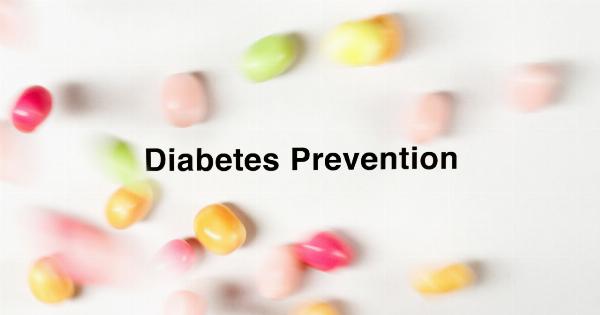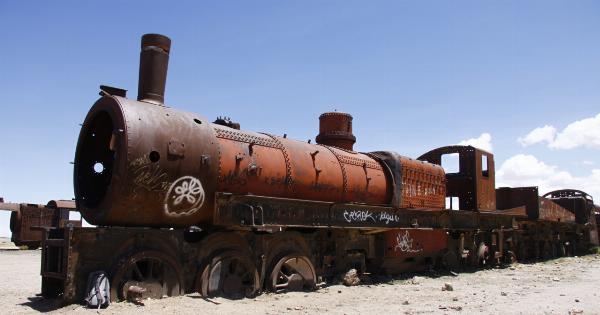In various environments and industries, height-related activities can expose individuals to various risks.
Whether it is working at elevated heights in construction sites, climbing mountains, or participating in recreational activities like rock climbing, understanding and assessing the potential risks is crucial for ensuring safety. Height-based risk assessment involves the evaluation and management of potential hazards associated with activities in elevated settings.
This article explores the importance of height-based risk assessment, factors influencing height-related risks, assessment methods, and mitigation strategies.
Factors Influencing Height-Related Risks
Several factors contribute to height-related risks. Understanding these factors can help in carrying out accurate risk assessments and implementing appropriate safety measures. Some key factors influencing height-related risks are:.
1. Nature of Field or Activity
The nature of the field or activity in which individuals are involved plays a crucial role in height-based risk assessment.
For example, working at heights in construction sites presents different risks compared to engaging in recreational activities like skydiving. The assessment of risks should consider the specific hazards associated with each activity and their corresponding safety measures.
2. Height Duration and Frequency
The duration and frequency of exposure to elevated heights can significantly impact the level of risk. Prolonged or frequent exposure increases the likelihood of accidents, thereby necessitating more robust risk management strategies.
Individuals who regularly work at heights or engage in height-related activities should adhere to safety protocols and best practices to mitigate potential risks.
3. Environmental Conditions
The environmental conditions in which height-related activities take place also influence the level of risk.
Factors including weather conditions (such as wind speed, visibility, and temperature), the presence of other hazards (like loose rocks or unstable structures), and accessibility to emergency services impact the overall safety of the activity. Assessing and considering these environmental factors is essential for effective risk management.
Height-Based Risk Assessment Methods
Several methods can be utilized to assess the risks associated with heights. These methods aid in quantifying the potential hazards and evaluating the likelihood and severity of possible accidents.
Some commonly used height-based risk assessment methods include:.
1. Job Safety Analysis (JSA)
Job Safety Analysis is a systematic approach to identify and evaluate hazards associated with specific tasks or jobs.
This method involves breaking down a job into individual steps, identifying potential hazards at each step, and determining appropriate control measures to minimize risks. JSA is particularly useful in construction and other industries where workers are regularly exposed to heights.
2. Hazard Identification and Risk Assessment (HIRA)
Hazard Identification and Risk Assessment is a comprehensive methodology for recognizing, assessing, and managing risks.
It involves identifying potential hazards, evaluating the risks associated with those hazards, and implementing control measures to minimize the likelihood or consequences of accidents. HIRA can be applied across various industries and activities involving heights.
3. Fall Protection Hierarchy
The Fall Protection Hierarchy is a methodical approach that emphasizes the sequence of control measures to prevent falls and reduce the severity of fall-related accidents.
It includes the following steps: elimination, substitution, engineering controls, administrative controls, and personal protective equipment. This method is particularly relevant in occupational settings where working at heights is a regular occurrence.
Mitigation Strategies for Height-Related Risks
Mitigating height-related risks involves implementing appropriate safety measures to minimize the likelihood and consequences of accidents. The following strategies are commonly employed:.
1. Training and Education
Proper training and education are essential to ensure individuals are aware of the risks associated with height-related activities and equipped with the knowledge to mitigate those risks.
Training programs should focus on safety protocols, equipment usage, emergency procedures, and best practices for working at heights or engaging in elevation-based activities.
2. Use of Safety Equipment
Utilizing appropriate safety equipment is critical for reducing the likelihood of accidents and minimizing the severity of injuries in case of a fall.
Safety harnesses, helmets, safety nets, guardrails, and personal protective equipment should be utilized according to the specific activity and associated risks. Regular inspections and maintenance of safety equipment are also vital.
3. Implementation of Engineering Controls
Engineering controls involve modifying the physical environment to eliminate or minimize risks.
This can include designing structurally stable platforms or walkways, installing guardrails or barriers, and ensuring adequate lighting and visibility at elevated heights. Engineering controls aim to provide built-in safety measures to prevent accidents and protect individuals.
Conclusion
Height-based risk assessment plays a pivotal role in various fields to ensure the safety of individuals involved in height-related activities.
Understanding the factors influencing height-related risks, utilizing appropriate assessment methods, and implementing effective mitigation strategies are crucial for minimizing potential harms. By prioritizing height-based risk assessment, organizations, industries, and individuals can create safer environments and reduce the incidence of accidents and injuries associated with elevated heights.






























